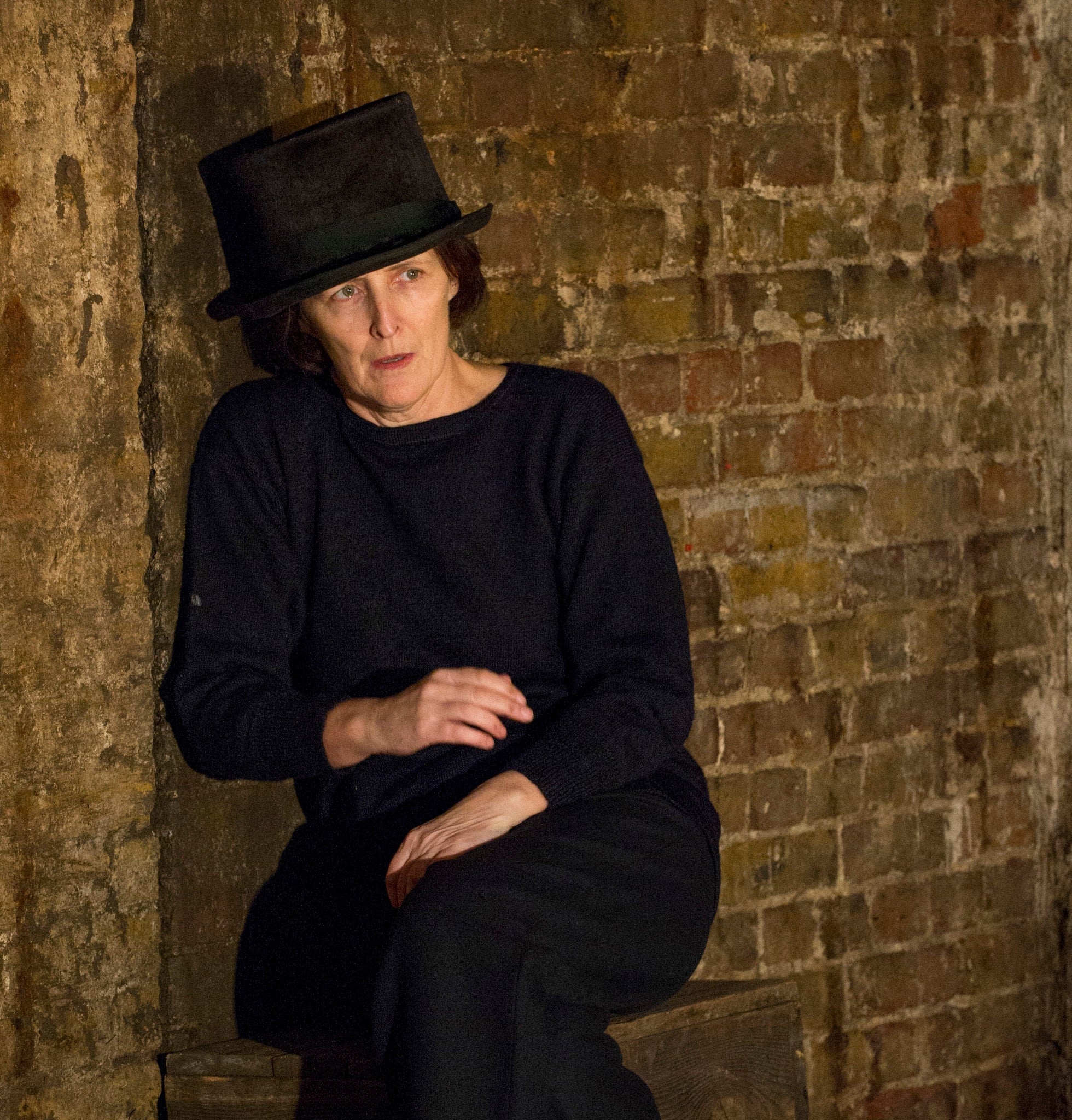The Rime of the Ancient Mariner, Old Vic Tunnels, London

Fiona Shaw is rightly renowned for her dazzling ability to bring poetry to the stage. Her one-woman performance of The Waste Land was an extraordinary feat of psychic ventriloquism.
The myriad voices in Eliot's fractured evocation of a personal and collective nervous breakdown seemed to possess the actress as though she were some highly-strung medium. Now Shaw turns her attention to a very different poem – albeit one in which psychological agony likewise pines for spiritual release – in this dramatic rendering of Coleridge's great Gothic ballad of 1798.
Directed by Phyllida Lloyd, the show is mounted in the suitably spooky environment of the derelict, musty-smelling tunnels under Waterloo Station. Simply dressed in a matelot jersey and dark trousers, Shaw greets the punters as they take their seats, creating an artfully deceptive sense of the kind of social conviviality that will soon be disrupted in the poem when the guest at a family wedding is waylaid by the ancient mariner and forced to listen to the horrific story of how a sea voyage was cursed by his mysteriously motivated killing of the albatross.
The production seeks to suggest that this listener may be progressively infected by the ghastly tale and to introduce layers of irony by presenting Shaw as somehow both inside and outside the poem – by rapid turns its protagonist and its stage-manager.
This is achieved through her dynamic interaction with the silent tousle-haired ballet dancer Daniel Hay-Gordon who metamorphoses into everything from guest to albatross (flapping in giant silhouette against the single sail in Chloe Obolensky's eloquently minimalist design) to one of the dead sailors with their horribly accusing eyes to a manipulable externalised version of the mariner's younger self whom at one point Shaw cradles in a near-pieta.
It is all tremendously striking but, to me, it comes over too much like an artful “demonstration” of the poem, an impression reinforced by Shaw's over-explanatory colouring of the verse. Is there any need to stretch out, say, the first line in “Day after day, day after day/We stuck, nor breath nor motion” when the phrase speaks for itself and melodramatic elongation slows down the hypnotic pulse?
At the end of this show, I felt that I had witnessed terrific virtuosity but I did not feel that I had journeyed to hell and back with a disturbingly compelled and compulsive story-teller.
To Jan 13; 0844 871 7628
Subscribe to Independent Premium to bookmark this article
Want to bookmark your favourite articles and stories to read or reference later? Start your Independent Premium subscription today.

Join our commenting forum
Join thought-provoking conversations, follow other Independent readers and see their replies